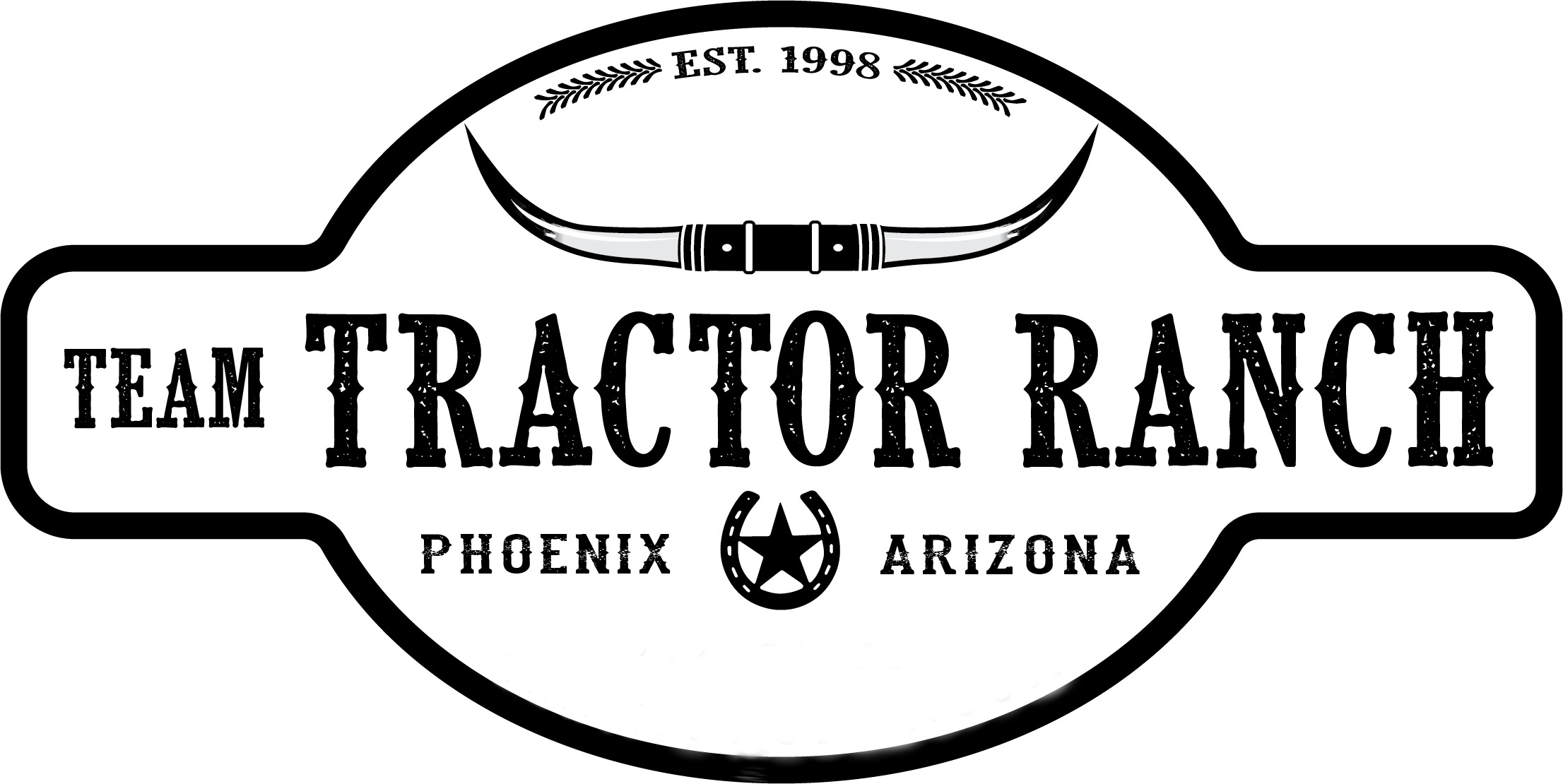Should I Till or No-till?
We want to help you decide if you should till or not.
First some background.
Plowing has been around for thousands of years.
This “Tilling” process turns over the upper soil layer, brings nutrients to the surface, buries the previous years’ crop residue, and kills weeds.
This basic concept of prepping the soil continues to this day using the moldboard plow, disc ripper, disc chisel, and chisel plow.
From the late 1940s through the early 1950s, farmers relied on tilling. Soon thereafter, farmers began to use chemicals such as borax and arsenic trioxide to control weed germination and growth.
Starting in 1945, the herbicide 2,4-D was used to kill most broadleaf weeds. More powerful herbicides followed, including Paraquat and Dalapan.
Since then, no-till farming has taken hold. No-till farming uses an air seeder or air drill to punch through the surface residue and deposit the seed at a pre-determined depth. Air seeders are often 55’ to 60’ wide and can cover 200 acres a day at speeds of 5-6 mph.
Air seeders typically fold up for transport. Air drills, on the other hand, are generally smaller, and to make up that reduced coverage productivity, they must operate at increased ground speeds. Air drills are fixed and heavier, requiring more horsepower to pull, and because of their configuration, are harder to maneuver.
No-till farming does away with the damage done to soil by tilling.
So far, we have presented till vs. no-till, with the former being a mechanically biocidal method of weed control, and the later replacing the plows and discs with chemicals.
What is the cost of till vs. no-till? After all, a farmer must be able to profitably process and bring their crop to market.
Based on studies, it appears that even if the crop yields remain the same, no-till will be less costly due to reduced runtime hours on equipment and associated manpower requirements.
For example, tillage is a multi-step process. It begins with a primary till (deeper) and several subsequent secondary (shallower) passes. Each requires tractor(s) and tillage equipment. Every pass burns fuel and takes labor.
No-till does away with that equipment. It also does away with the fuel use, time to till the field, and lessens the ground compaction.
Now instead of tillage equipment, the farmer needs an air seeder or drill and chemicals.
Weed control in a no-till operation relies on chemicals. Pre-emergence chemicals are applied 10-45 days prior to planting. Spring rains also help activate the herbicides. Weeds tend to germinate all season, so applications of 2,4-D, with or without a burndown herbicide, may be required. Post-emergence treatment for johnsongrass, a glyphosate resistant weed, and other nuisances such as fleabane, is required.
So, what do you think?
Is no-till for you?
No-till has a steep learning curve. You will need to learn about infections, pests, and weeds that are different than in till planted fields.
Timing of applications, accurate identification of weed, scouting and monitoring for problems, spot spraying for herbaceous and woody perennials, and assuring an even distribution of residue after harvest are all required knowledge.
You must also consider the type of crop. Field shape can be a deciding factor, as square fields are easier to till while odd-shaped fields are more difficult and easier to manage if no-till can be incorporated.
Soil conditions, such as in geographic regions that are more arid, can be better suited for no-till vs. regions that are wetter and where tilling helps get rid of excess water. Also, crop rotation is important. Corn also likes tillage.
Prior to switching to no-till it is recommended that you explore all the resources available.
Here are some benefits to no-till:
- Lessened need for tillage equipment and tractors
- Reduced fuel use
- Reduced soil compaction
- Reduced runoff and contamination of fields and streams
- Building of a healthy soil ecosystem network
- More planting time flexibility
- Great for arid regions
- Soil erosion reduction / elimination
Here are some drawbacks to no-till:
- Need for expensive air seeders and air drills
- Steep learning curve
- Might not be the best choice for certain crops
- Might not be the best choice for your region
- Increased chemical use
- Possibility of health-related issues
- Dangerous chemical exposure
If you need any further help, or have any questions about tilling, tractors, or anything else, please contact your dealer, local mechanic, or call us at 602-734-9944. Please ask about our current new and used tractor supply.
Team Tractor Ranch - #1 Tractor Dealer in Arizona. We sell and service most major brands of tractors including Yanmar, Kubota, John Deere, TYM, Mahindra, Kioti, Case, New Holland, Massey Ferguson, Ford, Deutz, Case IH, Farmall, International Harvester, Branson Tractors, LS, Shibura, Claas Tractor, McCormick Tractors, Valtra, Solis, YTO, Montana, and Nortrac. 

